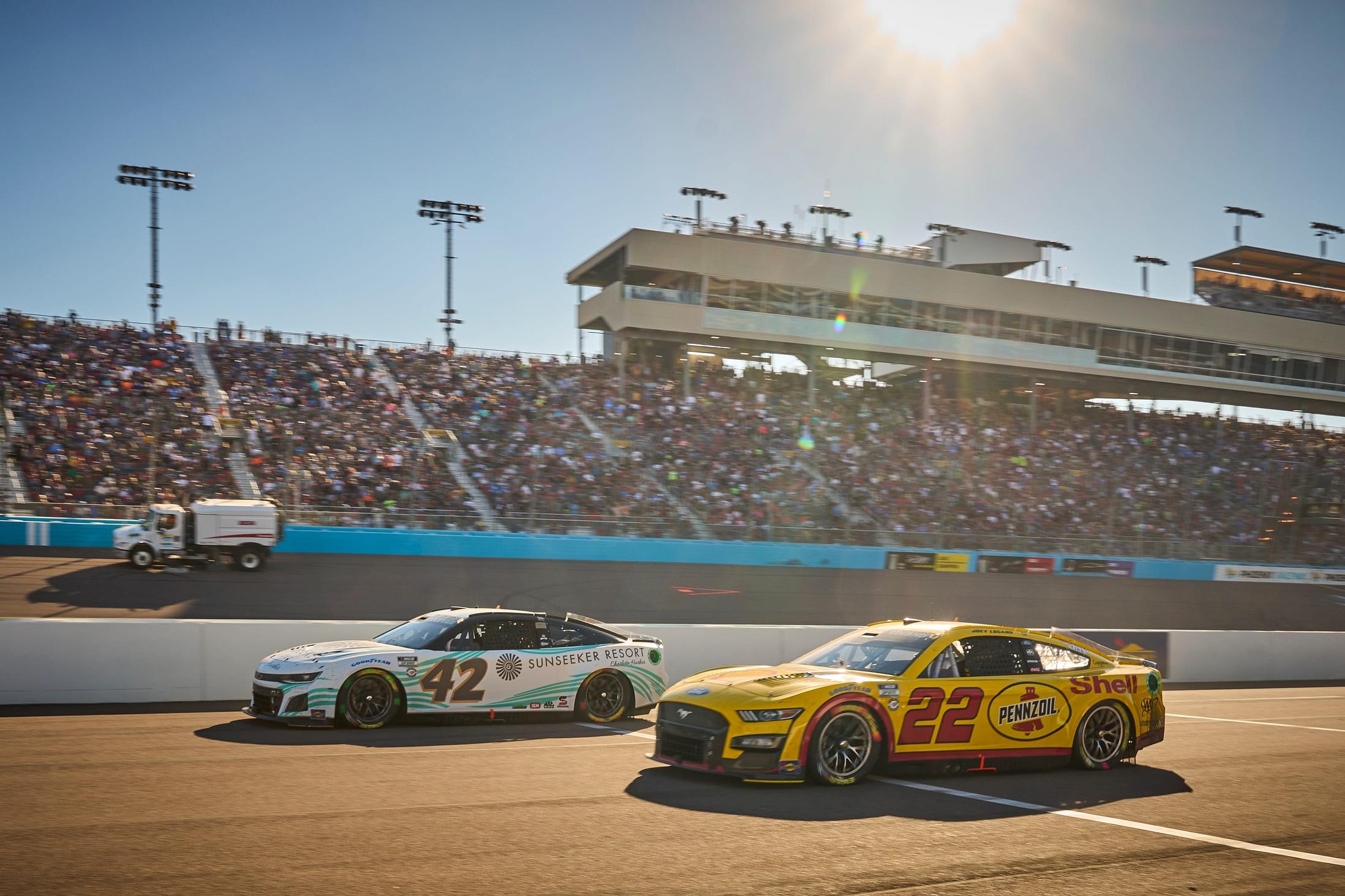NASCAR’s new docuseries, Full Speed, was recently launched on Netflix hoping to bring in a new audience after witnessing a colossal rise in popularity for Formula 1 with Drive to Survive. With the five-episode series showing up in front of a global audience, will this be enough to help NASCAR out of its slumber and finally garner more eyeballs for the sport?
Advertisement
While the show has picked up the overall vibe from Formula 1’s Drive to Survive, it isn’t exactly a copy-paste of the same. If anything it sure is interesting enough to grasp the attention of someone who has never seen the sport before. The show provided exclusive access to the fans by following some of the top playoff drivers both on and off the track.
It’s not that NASCAR does not have a loyal fanbase. But it is the young demographic that NASCAR executives have been chasing for so long. To get their attention the best practice would be to make their drivers look like superstars and portray their personalities to a wider audience. Thankfully, the new series focuses on just that aspect over anything.
Throughout the series, Netflix follows the drivers, interviewing them and walking into their motorhomes and houses. Ultimately, it captured the true reflection of these drivers and the way they think in their quest to win the championship.
NASCAR needed unique personalities and Netflix delivered
It is well known that over the past couple of years, Denny Hamlin has taken over the role of a villain in the sport and the series wasted no time in portraying that to its viewers. During one of the episodes, Hamlin mentioned, “I don’t think that I show that much humility on the outside. I recognize it on the inside but I think people see me as very cocky and brash. That’s fine. That’s my persona. I don’t want my competition thinking that, ‘Oh what a gee shucks nice guy.’ F**k that.
It is these unique personalities at the end of the day that grab the attention of the new folks and bring them into the sport. Looking back at Drive to Survive, the show was massively popular because it established the drivers as superheroes in a film. Sure hardcore fans might say that they did not portray the sport accurately and were forced into drama unnecessarily. But isn’t that what the modern generation craves at this point?
Well, the NASCAR show, just like Drive to Survive, has been able to deliver a solid product. Now if only they can market this product well enough, we could see a rise in the overall number of eyeballs finding their way into the sport. But NASCAR will have to continue building on this very aspect of creating stars out of their drivers for the sport to sell and gain new fans in the next couple of years.





